By Maria Morris Hambourg
Digesting stacks of books to prepare for the live debates on contentious public issues he organizes for Intelligence Squared U.S., with a dense daily schedule of meetings and presentations at his offices for insurance and investment concerns, his calendar complicated by frequent travel to far-flung places and punctuated by his service to distinguished cultural and policy institutions; graced, moreover, with a full social life in cities around the world, many friends, an accomplished wife, and a large extended family, Robert Rosenkranz is scarcely a man with time on his hands. Yet he takes the time to photograph.
Were he to devote himself entirely to the art, I have little doubt that Rosenkranz would repeat in this medium his marked success in the larger world, but he picks up the camera only episodically. If he lived in retired isolation far from mundane concerns, his artistic activity might be favorably compared to that of the Chinese literati, those elite scholar-officials turned poets and painters who demonstrated their sensitivity and virtue through the practice of these arts. However, Rosenkranz’s pursuit of art is subsidiary to his executive functions and perhaps serves as something of an antidote of the best sort to an over-full life.
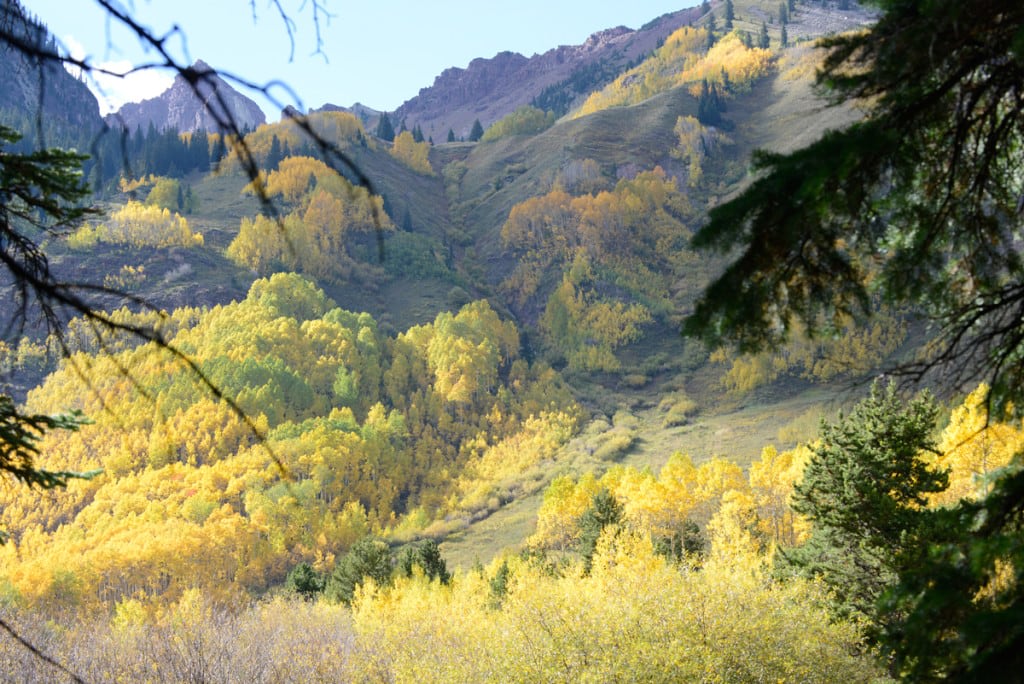
Aspen Autumn Light IX, 2014
Printed Edition of 25
Rosenkranz’s pursuit of art is subsidiary to his executive functions and perhaps serves as something of an antidote of the best sort to an over-full life.
- Maria Morris Hambourg
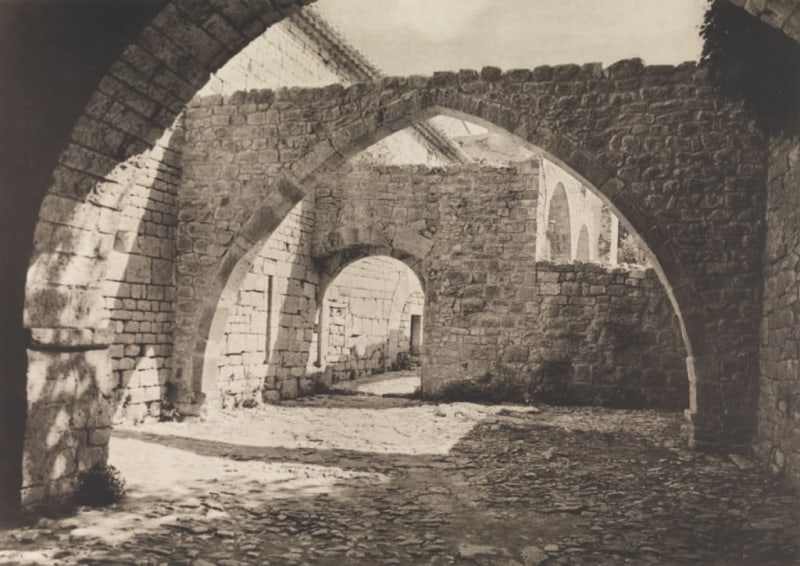
Courtyard, Le Thoronet Abbey,2002
55 x 77 cm
Fresson print
In this, he reminds me of British and French men of means who took up the camera in the mid-nineteenth century when photography began to replace sketching, watercolor, and painting as the medium of choice for the visual self-expression of the educated classes. Many of those gentlemen were busy professionals or landowners who, despite multiple responsibilities, found themselves lured to practice a time-consuming and complex art because of its poetic capacity — its uncanny ability to recast the familiar and fleeting into a permanent aesthetic form. Rosenkranz is similarly smitten with the way photography reallocates his attention from its usual haunts — business management, investment strategy, public policy, and other global issues — to the world he normally passes by: the world not in his head or in the news, but the one actually in front of him.
His eyes were opened when his parents gave him a camera for his thirteenth birthday. An enthusiastic hobbyist, he took to photography with relish, cajoling his neighbors on the Upper West Side to pose before his flood lamps. A few years later he was exploring Manhattan jazz clubs, pushing his Kodak Tri-X film in the darkroom to retrieve the features of Lionel Hampton and other jazz greats from the smoky blacks of his exposures.
A scholarship to Yale at sixteen shifted the scope of his inquiries; in addition to his concentration in economics, Rosenkranz had the good fortune to attend the legendary lectures of architectural historian Vincent Scully. Instead of dryly analyzing and labeling a building, Scully empathized with it and described the experience it engendered in sentient terms, mesmerizing his audience. Learning to feel through their eyes, many of Scully’s students came away changed for life.
Giving himself assignments to apply what he had learned from Scully, Rosenkranz spent two summers photographing abroad, looking for meaning in the detail of a building’s décor, for feeling in the massing and expression in the volumes of space. He was sensitive to the quality of the light and tried to make his pictures embody his personal experience at sites like Sainte-Chapelle and Notre Dame. In subsequent travels, he documented the lives of children living along Bangkok’s khlongs; the street life in Marrakesh; and religious practice in India. Those more spontaneous, humanitarian images are not represented in this selection, which instead emphasizes art, architecture, and nature. These have offered him the chance to be more deliberate and intellectual in his approach, and to present reflective screens of societal meanings while allowing him to perfect his mode of communication.
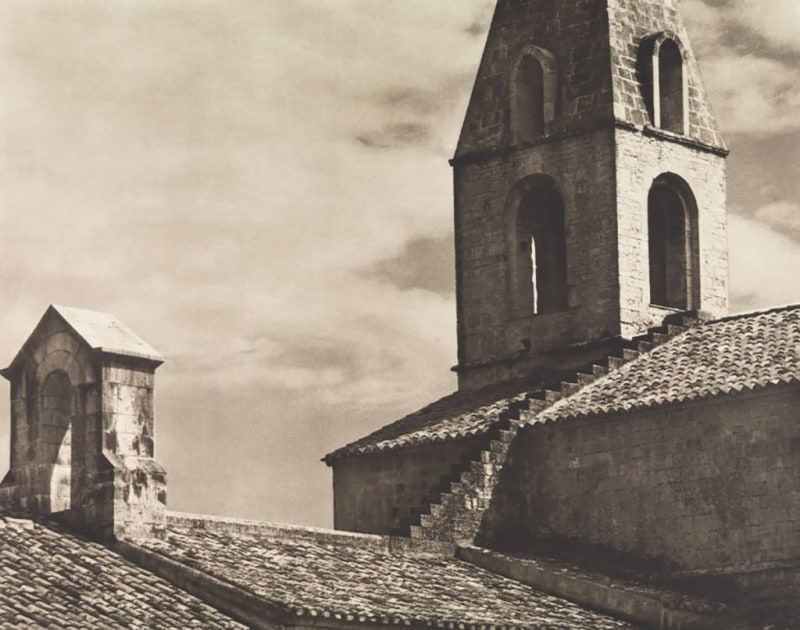
Steeple, Le Thoronet Abbey,2002
56 x 71 cm
Fresson print
About a decade ago, on the good advice of his friend the photographer Lois Conner, Rosenkranz took up a medium-format Mamiya, a professional camera that gave him big (6 x 7 cm) negatives capable of significant enlargement. With it a photographer could be confident of higher resolution in his prints, and of detail even in subprime conditions, as for example, when describing the various textures of deeply shadowed surfaces at Le Thoronet.
Any visitor to the twelfth-century Cistercian abbey of Le Thoronet follows the steps of connoisseurs and architects such as Le Corbusier and John Pawson; the building is a masterpiece of understatement, utilizing the most basic vocabulary of elements — rock from a nearby quarry and the strong light of Provence — to create a spare and unified ensemble that is as austere, disciplined, and orderly as the principles of self-denial and simplicity in monastic life. The eloquence of the unembellished stones enlivened by the quiet drama of the slowly changing light make Le Thoronet a shrine for serious seers. Rosenkranz received and represented the abbey on just these terms, imposing no idiosyncratic points of view and no grandiloquent dramas.
With meticulous attention and an ecumenical reverence he aligned himself with the way the masons, the doctrine, and the locale shaped the ashlar stones and stately spaces, and gave his images their venerable, distinguishing sobriety. To assist him in conveying the spiritual dimension of the abbey Rosenkranz turned to the Fresson process, a rare carbonprinting technique practiced by a single Parisian family of artisans. Invented in the mid-nineteenth century in France, carbon prints are made with pigments, not dyes, and utilize traditional French art papers such that the prints are matte-surfaced and archivally stable. And while labor-intensive, the process allowed tonal manipulations that Rosenkranz sought in order to convey the desired resonance and radiance within a print quality that, while photographic, hovers tantalizingly near charcoal drawing or monochromatic oil paint. The palpably meditative quality of the Le Thoronet Abbey series is also evinced in many of Rosenkranz’s more recent photographs, suggesting that he can now enter a condition of heightened awareness whenever he takes up his camera.
This can be seen in images as disparate as the three color photographs of recent architecture illustrated here. Whether exploring the undulating sails and skeins of lights on the ceiling of Frank Gehry’s Disney Concert Hall, or skimming the slick vermillion surface of the lacquered hallway of Rem Koolhaas’s Seattle Public Library, the images are wholly sufficient and satisfying. We cannot improve on Rosenkranz’s perfect concentration on the startling chromatics of the latter site nor easily forget the jostling forms crowding up toward the light in the former, like finny creatures congregating around dropped bait below the surface of the sea. The heart-stopping surprise of his photograph from the 124th floor of the tallest skyscraper in the world, the Burj Khalifa in Dubai, is attributable to his intelligent inclusion of the thin framing elements, which, however, guarantee us scarce support. Instead, the slim scaffold angles us over the diminutive, model-like, mixed-use chateaus and gardens more than a quarter of a mile below. There is nothing of the detachment of a Google Earth or bird’s-eye scan here; the view is Gulliverian, utopian, breathtaking.
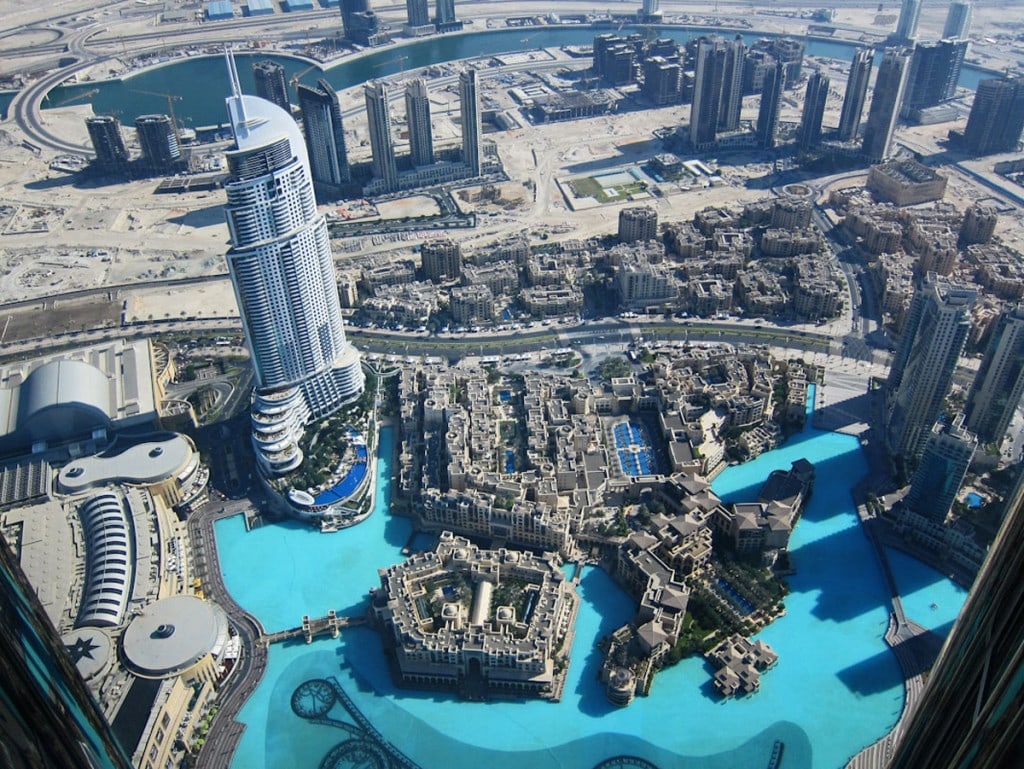
Observation Deck, 2011
63 x 85 cm
Digital chromogenic print
Printed Edition of 5
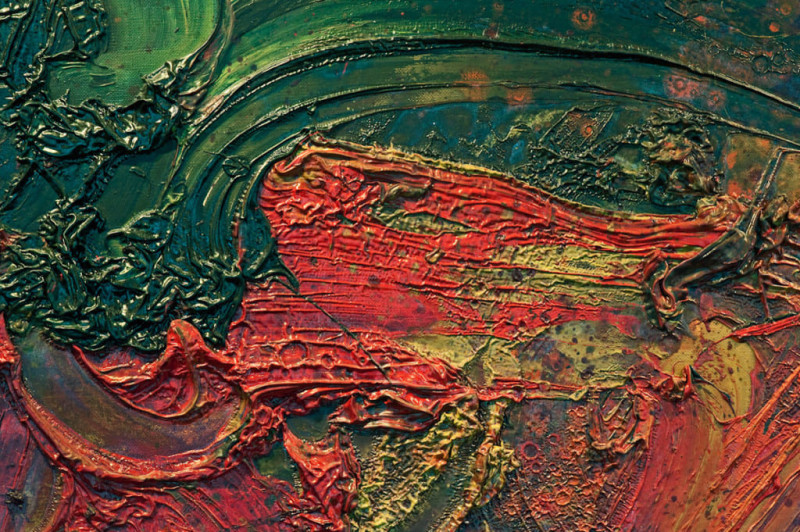
Shiraga Appropriation I, 2011
56 x 85 cm
Digital chromogenic print
“Robert is always at his best, artistically, when photographing what really interests him,” comments Conner. So it is with his Sea series, which he makes near his home on the east end of Long Island. The title of his early images, Yugen, is a Japanese aesthetic term describing the beauty of things sensed but not seen, like the full moon obscured by clouds. More recently, inspired by his friend and neighbor Clifford Ross, who made many photographs of the hurricane-driven ocean, Rosenkranz ventured out into the surf when Hurricane Earl whipped the Atlantic into a boiling froth; he wanted to see if he could capture the feeling of immersion in the gale. The pictures iterate the advance and retreat of the oncoming waves and contrast that perpetual motion with the instant freeze of their depiction, just as they contrast the sheer force of the muscular waves with their dissolution into airy, lathered spume. Furthermore, the Fresson prints ride lightly in the comfortable middle and higher tones of the photographic scale so that even as we are awed by the prodigious power of the storm, we are seeing it tonally mollified and mitigated, the print’s syntax neatly echoing the flocked arabesques of creamy foam.
If we feel Rosenkranz’s reaction to the force and the beauty of the stormy sea in equal amounts, in front of the Shiraga Appropriation series we are engaged in the gut. A member of the postwar Japanese avant-garde Gutai Group, Kazuo Shiraga (1924–2008) took a radically physical approach to painting. Dispensing with a brush, Shiraga typically made his paintings with his feet while swinging from a rope over a canvas spread on the floor. The viscous oil paint vividly retains the imprint of his motions — the trace of an acrobatic dance in league with chance. The charged dynamism of Shiraga’s work enthralls Rosenkranz, whose interest in Asian art is inspired by his wife, the noted curator and scholar Alexandra Munroe, who made Shiraga’s painting Sans Titre (1961) available for his study. Other images in the Shiraga Appropriation series are taken from Hika (1999).
Bold, gestural, fast, Rosenkranz’s pictures are action shots of riotous color swirling and sweeping into liquid furrows and oily clots, improbable stills from canvases utterly without stillness. They are viscerally alive and “as slippery and uncatchable as a sea cucumber,” as the painter described his intention. By photographing creativity in the raw, while modifying hues, intensities, and contrasts and imposing an element of classical compositional balance to suit his own vision, Rosenkranz evokes the inchoate and accidental, the genesis of life on this planet, an oil spill at sea, any amorphous condition Nature or the imagination can dredge up. Through the portal of creation, Shiraga and Rosenkranz connect with the universe, a realm requiring science, fantasy, or religion for translation.
Although Rosenkranz follows no organized religion, a reverence for hallowed disciplines is manifest not only in his and Munroe’s collection of Buddhist sculpture and painting, but also increasingly in his photography, which has by now become a practice inducing immersion and selfless exaltation. With his eye to the view finder, Rosenkranz is released from calculations, analysis, even conscious thought. Inspired by the art of architects, photographers, and painters, he reformulates their inventions into his own reinterpretations. He is not plagiarizing or imitating, but reembodying through his own devotion and his own vision the value of the traditions in these arts, and the value of art as a meditative and deeply enriching practice.
About Robert Rosenkranz
Robert Rosenkranz is Chief Executive Officer of Delphi Financial Group; the founder of a group of investment partnerships; and Chairman of the Intelligence Squared U.S. Debate series. An active philanthropist and supporter of the arts, he is also Director of The Rosenkranz Foundation, leading initiatives focused on higher education, public policy and fine art.
He is a member of the Yale School of Architecture Dean’s Council and the Visiting Committee for the Department of Photography at The Metropolitan Museum of Art. Welcome to his personal photography portfolio and blog.